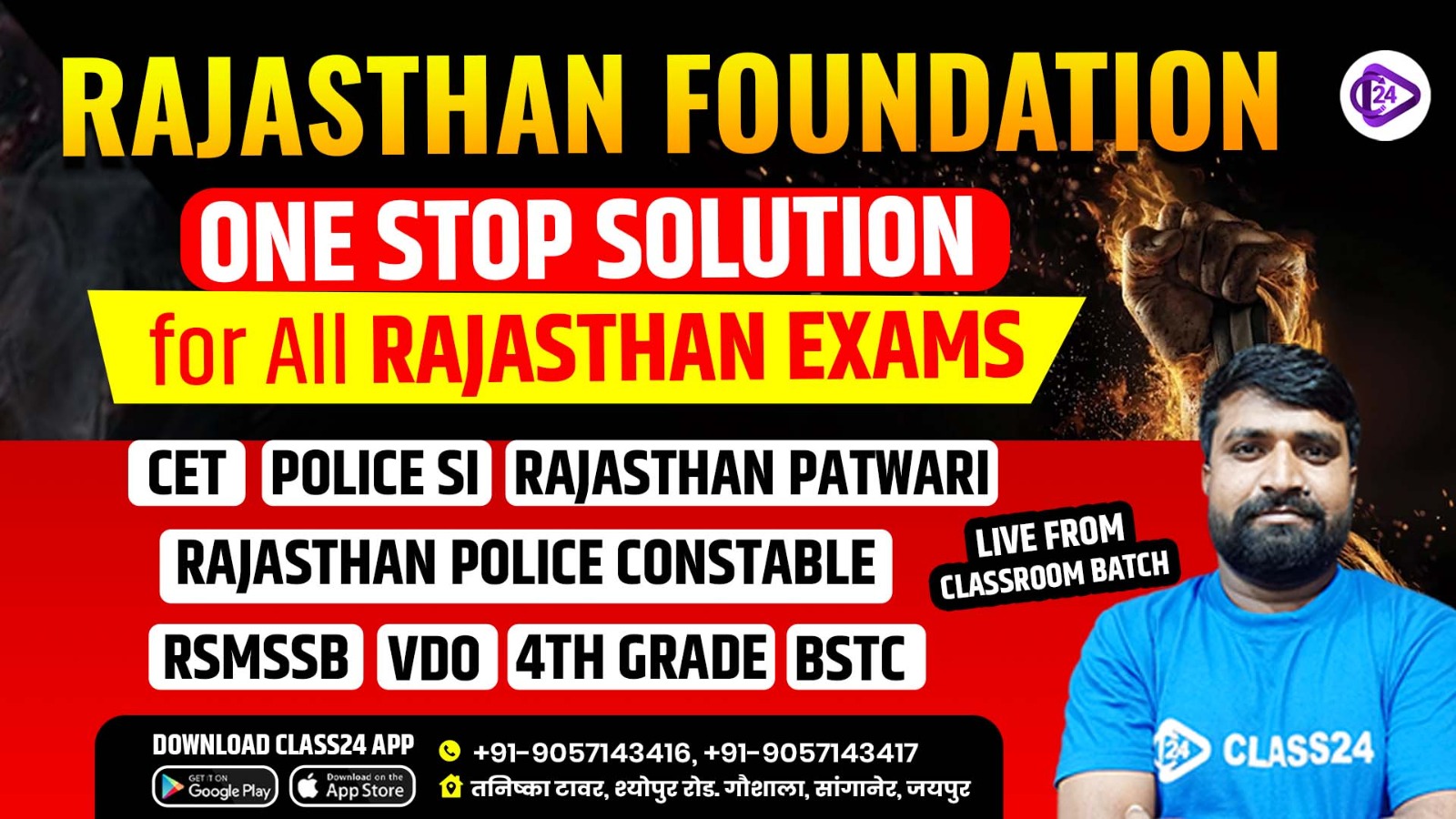
Prime Minister Narendra Modi announced the importance of being ready for disasters through his monthly broadcast 'Mann ki Baat' while focusing on the 'Sachet' application on April 27, 2025. NDMA created the Sachet mobile application, which provides instant disaster notifications to users in multiple local languages. Natural calamities early warning systems receive support through this application, which operates as part of the government's comprehensive strategy. The app issues quick warnings for floods and earthquakes and cyclones and landslides and multiple additional hazards.
Context:
-
NDMA has created the Sachet app, which distributes real-time location-specific alerts through 12 Indian language interfaces.
-
Through its platform, Sachet offers warnings for several disasters, including floods, landslides, cyclones, tsunamis, and forest fires.
Key Points:
-
The application achieves community resilience advancement by providing accurate, real-time information quickly to users.
-
The platform provides complete protection against all main natural disasters such as floods, cyclones, tsunamis, and landslides.
-
Users can access information through updates available in 12 different regional languages that enhance area-wide reach.
-
Through the app users define their preferred addresses and obtain access to emergency action guidelines as well as emergency contact numbers.
-
Users can access the Indian Meteorological Department weather reports through the platform.
-
Government-validated alerts are the sole notifications that users receive.
-
Electronic alerts sent through satellite communication networks remain accessible during the failure of mobile data connections.
About Disaster Management:
Definition:
-
Meaning: Disaster Management involves cooedinated actions to prepare for, respond to, and recover from disaster, aiming to minimize theri impact.
-
As per the United Nations: A disaster refers to a significant disruption that hampers the functioning of a community or society. It entails extensive impacts on people, property, the economy, or the environment, surpassing the capacity of the affected community to manage using its resources.
Key Phases of Disaster Management:
-
Preparedness: The first step entails planning activities alongside training sessions and conducting risk assessments to reduce disaster intensity.
-
Mitigation: The implementation of preventive measures with strategic strategies functions to lower disaster chances and decrease their potential intensity.
-
Response: Emergency response includes relief operations while conducting search missions and distributing necessities to people in need.
-
Recovery: Infrastructure restoration and service delivery alignment happen alongside the remediation of normalcy, together with long-term rehabilitation efforts.
Types of Disaster:
-
Water-related Disaster: The disasters caused by water involve Floods, hailstorms, cloudbursts, cyclones, heat waves, cold waves, droughts, and hurricanes.
-
Geologic Disaster: Earth's geologic structure produces several disasters which include landslides, earthquakes and volcanic eruptions and tornadoes.
-
Man-made Disaster: Urban fire disasters, forest fire disasters, oil spills and structural collapses comprise man-made disasters.
-
Biological Disasters: Viral outbreaks, pest invasions, livestock epidemics, locust plagues.
-
Industrial disasters: Industrial disasters comprise chemical accidents and mining shaft fires, and industrial explosions.
-
Nuclear Disasters: Core meltdowns, radiation exposure-related illnesses.
Institutional Framework for Disaster Management in India:
-
1990s: Disaster Management Cell under the Ministry of Agriculture during the 'International Decade for Natural Disaster Reduction'.
-
A holistic approach to disaster management emerged after 1999 Super Cyclone and 2001 Bhuj Earthquake but it moved under the leadership of the Ministry of Home Affairs (2002).
-
NDMA (National Disaster Management Authority): stands as the core authority under the provisions of the DM Act 2005, which the Indian Prime Minister leads as its chairperson.
-
NEC (National Executive Committee): It keeps watch over disaster response operations.
-
SDMA (State Disaster Management Authorities): Headed by Chief Ministers, operates under the direction of Chief Secretaries.
-
DDMA (District Disaster Management Authority): Responsible for district-level planning and response.
-
National Disaster Response Force and State Disaster Response Force: represent the specialized central and state response forces.
-
The Civil Defence Act, 1968: It underwent modifications in 2010 to raise its relevancy regarding current disaster situations.
Laws and Policies:
-
The Central Government enacted the Disaster Management Act 2005 which introduced an active approach instead of previous reactive disaster protocols.
-
National Policy on Disaster Management (2009): Holistic, inclusive, multi-hazard strategy.
-
The National Disaster Management Plan (2018) integrates multiple stakeholders and hazards to follow Sendai Framework standards.
-
The Agenda comprises ten points which promote disaster risk management through technological integration with community-based actions and cooperative practices (PM’s 10-Point Agenda 2016 AMCDRR).
Challenges and Way Forward:
-
Lack of resilient infrastructure: The infrastructure remains susceptible to failure even though it should be resilient.
-
Coordination gaps: Several organizations participate in disaster management, but their procedures lack established standard operating procedures.
-
Early warning limitations: The present early warning capability remains inadequate regarding its functionality so better warning systems must be implemented.
-
Role of local bodies: Urban authorities at the local level should gain power and receive proper training.
-
Private sector under involvement: The private sector can expand CSR involvement.
-
Neglect of unnatural disasters: The national response to artificial catastrophes requires an immediate upgrade to address human-made and technology-based threats.
-
Governance principles: Governance principles: Risk prioritisation, political commitment, accountability, resource mobilisation, and community participation.
Conclusion
The Sachet app advances the Indian disaster response framework by creating a noteworthy technological advancement. The mobile application uses real-time alerts together with localized content alongside verified data to enable quick emergency action for individuals during crises. The adoption of Sachet receives additional support from PM Modi's backing. The tool strengthens the goal of building an aware population capable of enduring natural disasters.



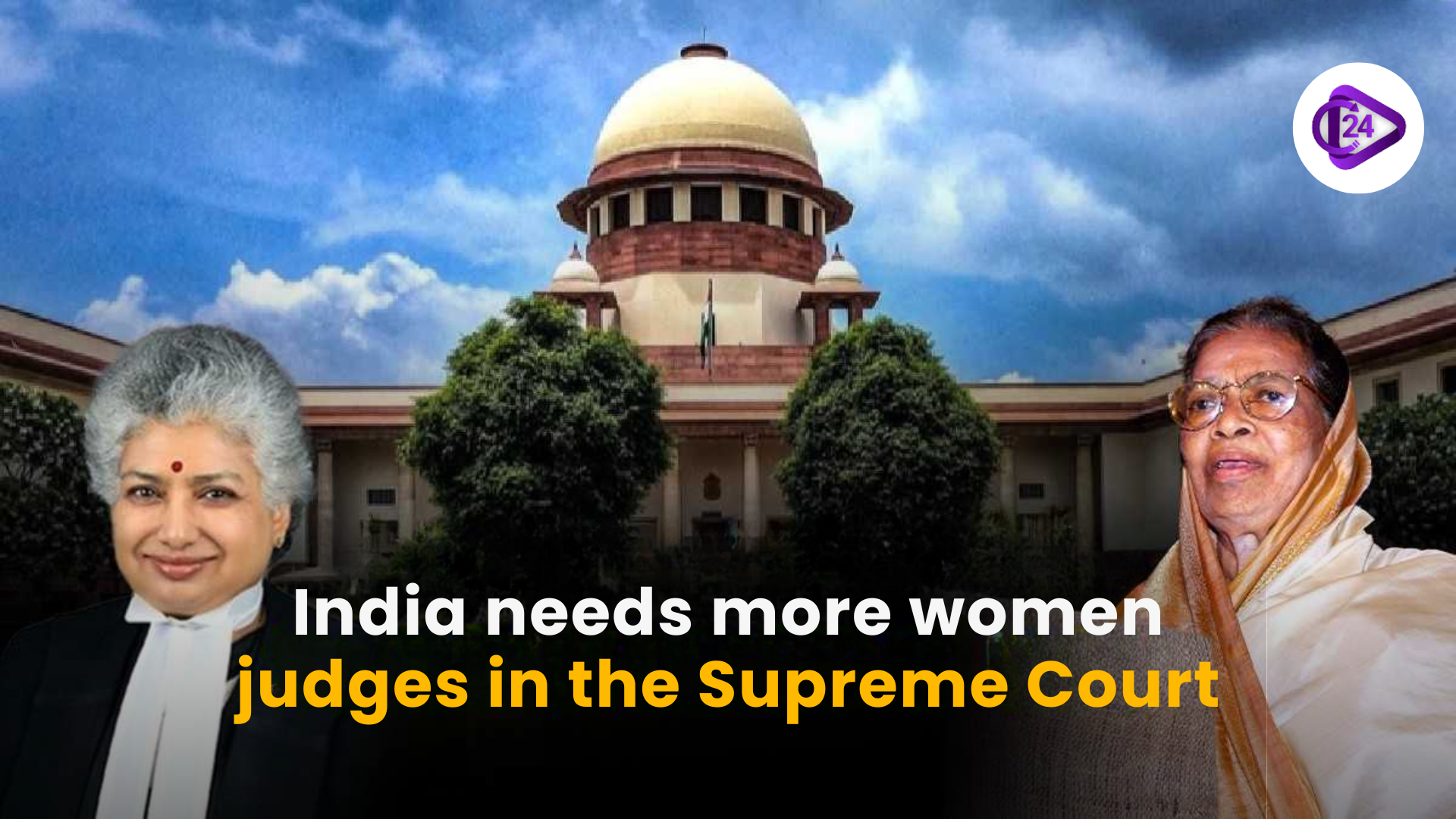 India needs more women judges in the Supreme Court
India needs more women judges in the Supreme Court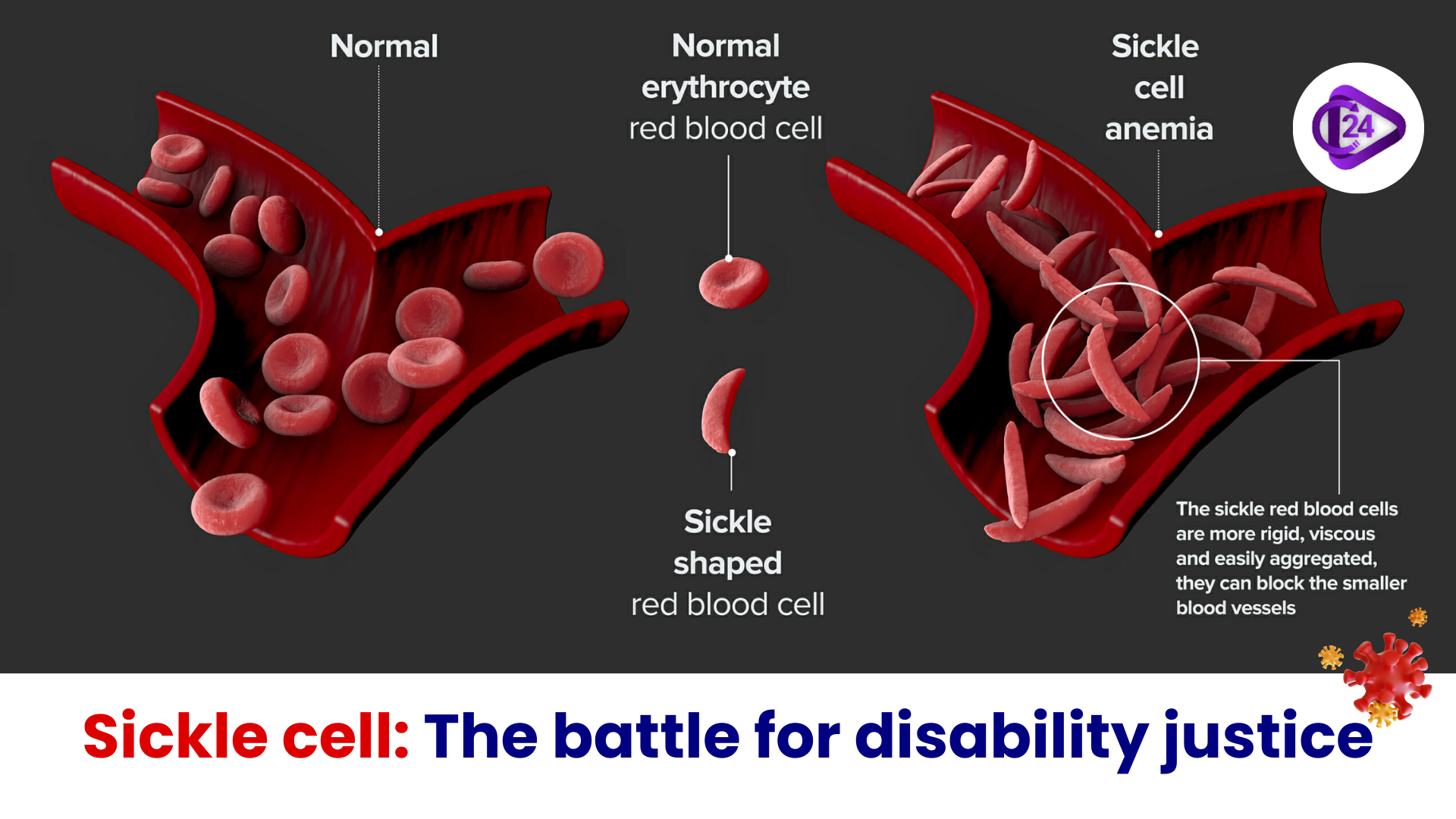 Sickle cell: The battle for disability justice
Sickle cell: The battle for disability justice PM Modi receives first Made in India Vikram 32-bit Chip
PM Modi receives first Made in India Vikram 32-bit Chip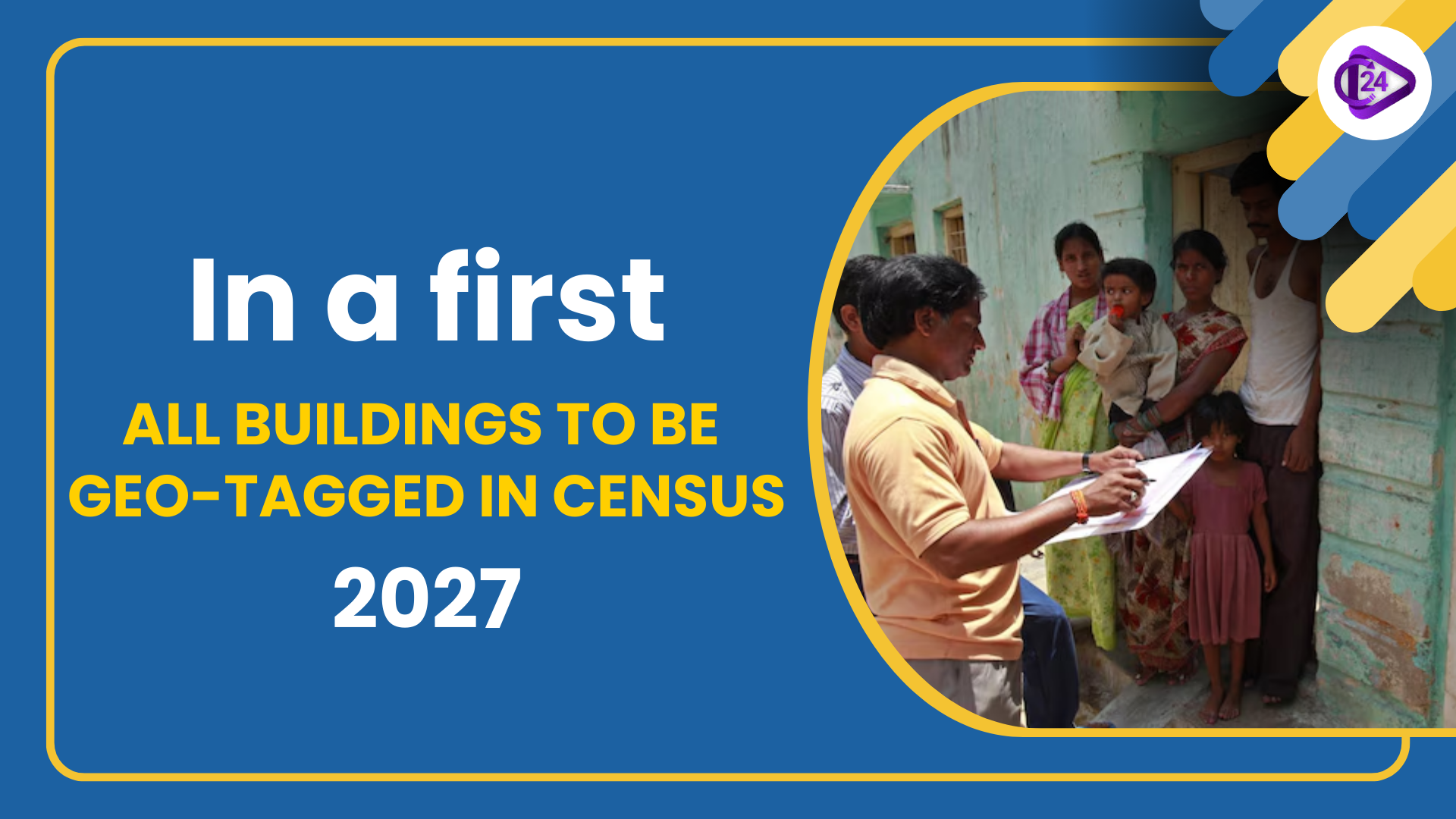 Census 2027: First Digital Census with Geo-Tagged Buildings
Census 2027: First Digital Census with Geo-Tagged Buildings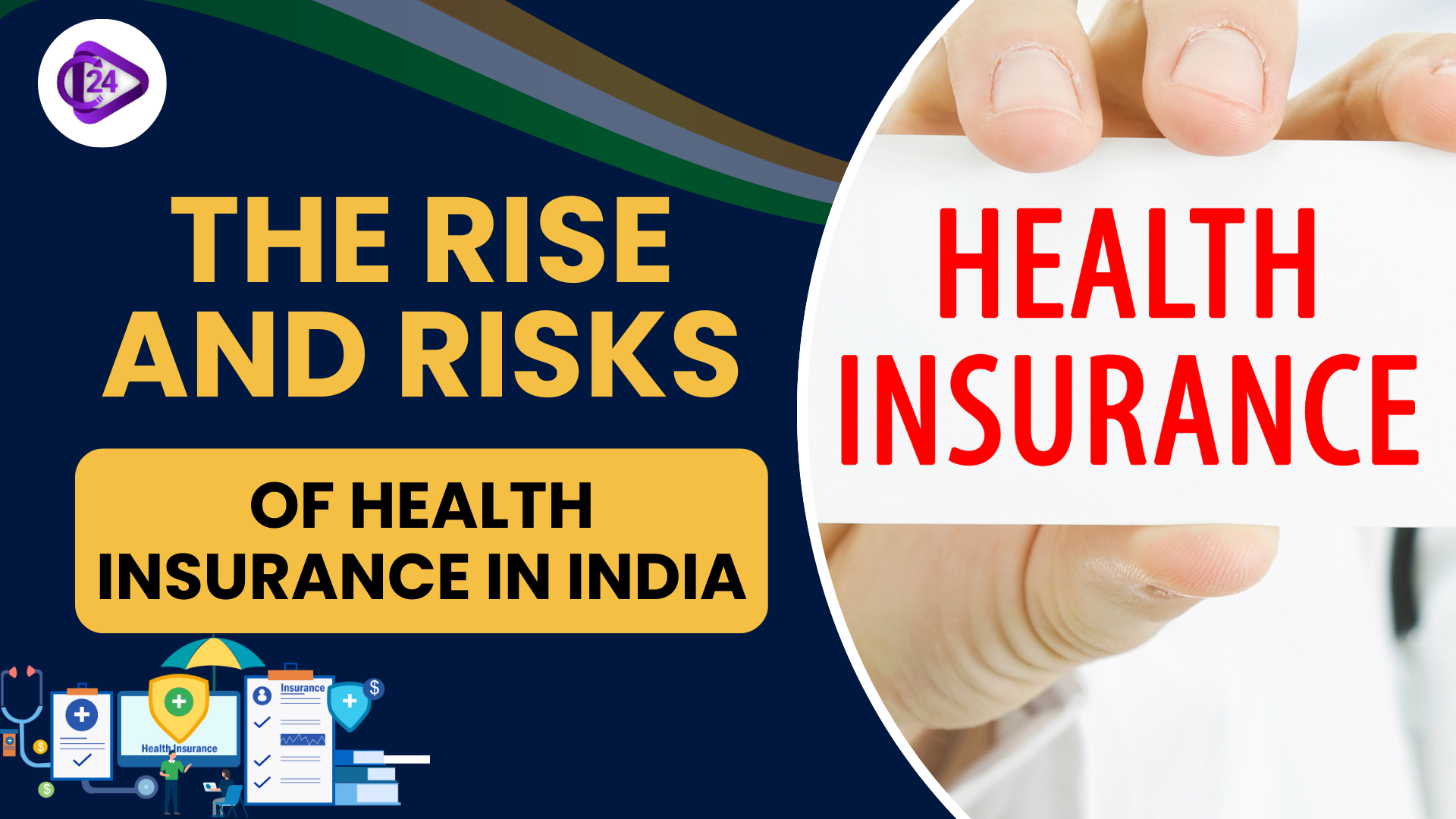 The rise and risks of health insurance in India
The rise and risks of health insurance in India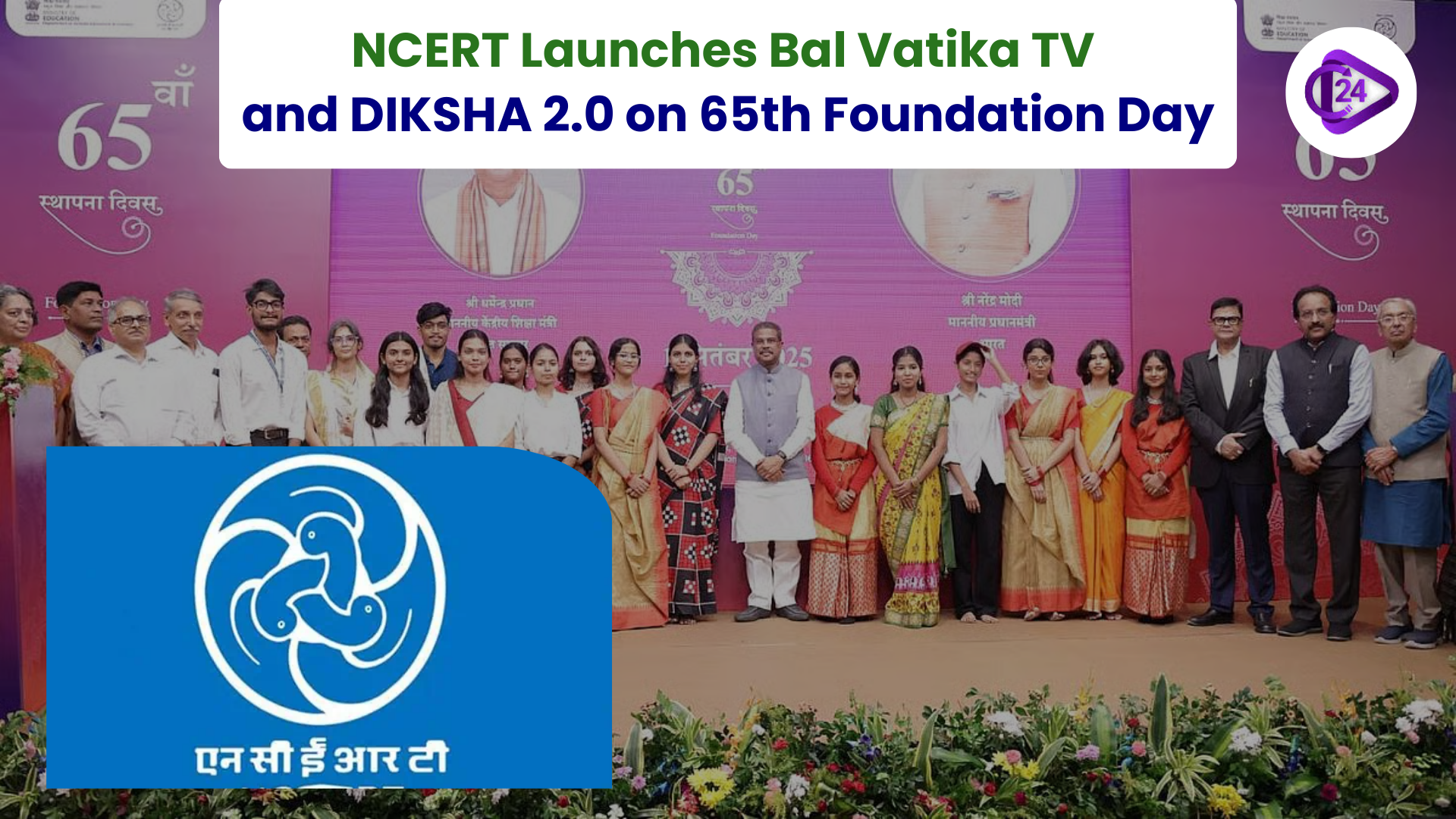 NCERT Launches Bal Vatika TV and DIKSHA 2.0 on 65th Foundation Day
NCERT Launches Bal Vatika TV and DIKSHA 2.0 on 65th Foundation Day Educate Girls Wins Ramon Magsaysay Award 2025
Educate Girls Wins Ramon Magsaysay Award 2025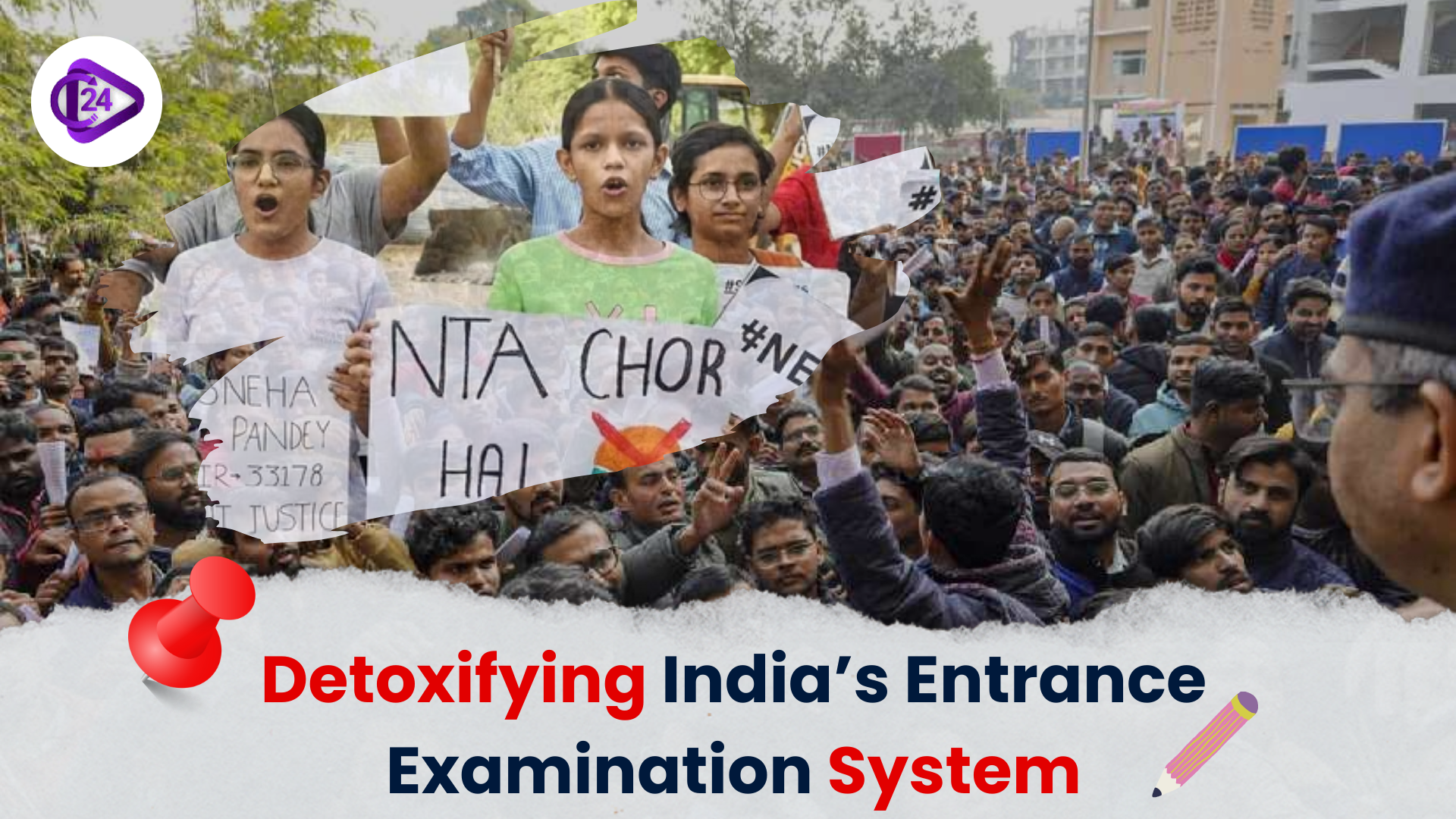 Reforming India’s Entrance Exams: Towards Equity and Student Well-being
Reforming India’s Entrance Exams: Towards Equity and Student Well-being Dowry Deaths in India: Nikki Bhati Case Exposes Systemic Silence
Dowry Deaths in India: Nikki Bhati Case Exposes Systemic Silence J&K: Annual Mela Patt Festival Begins in Bhaderwah
J&K: Annual Mela Patt Festival Begins in Bhaderwah